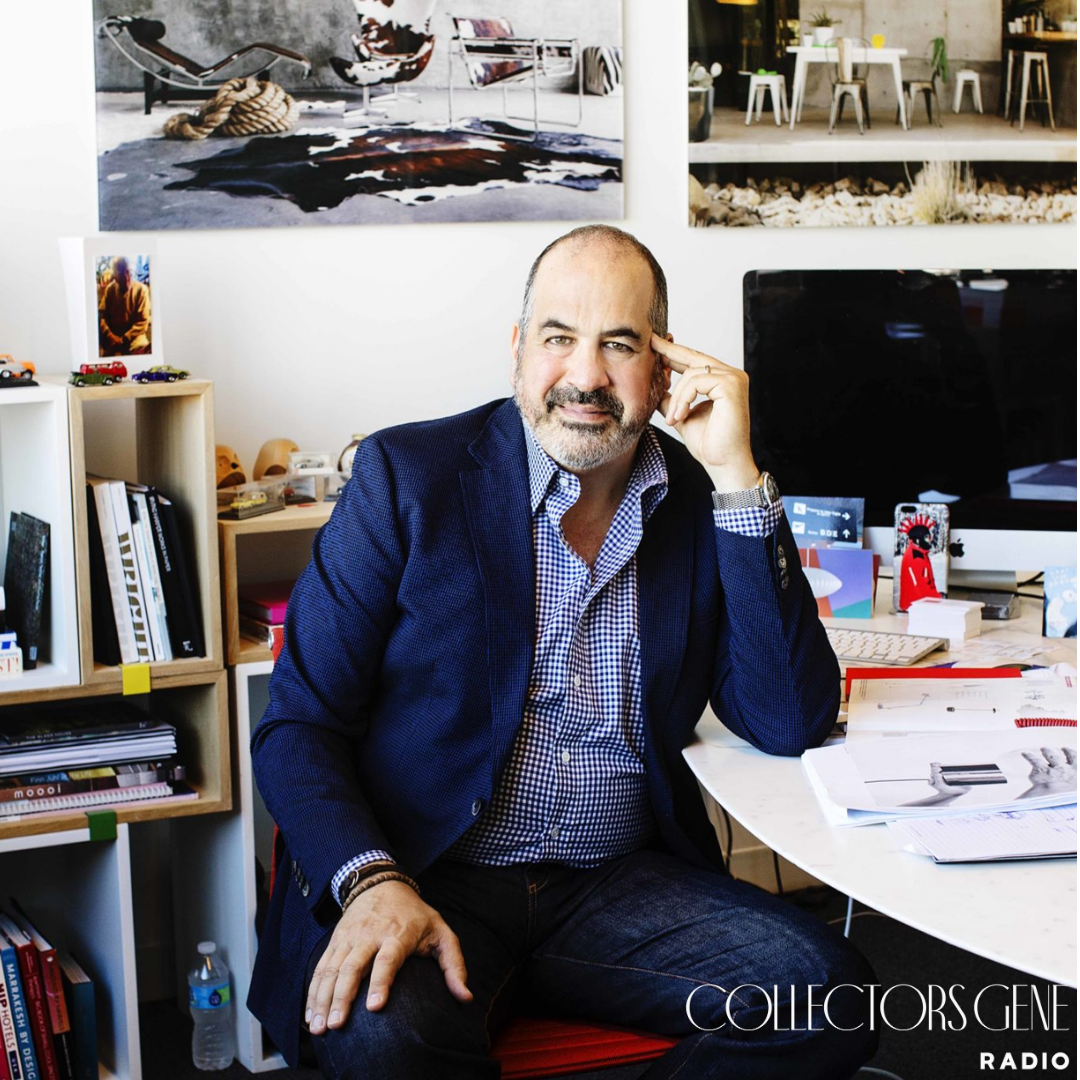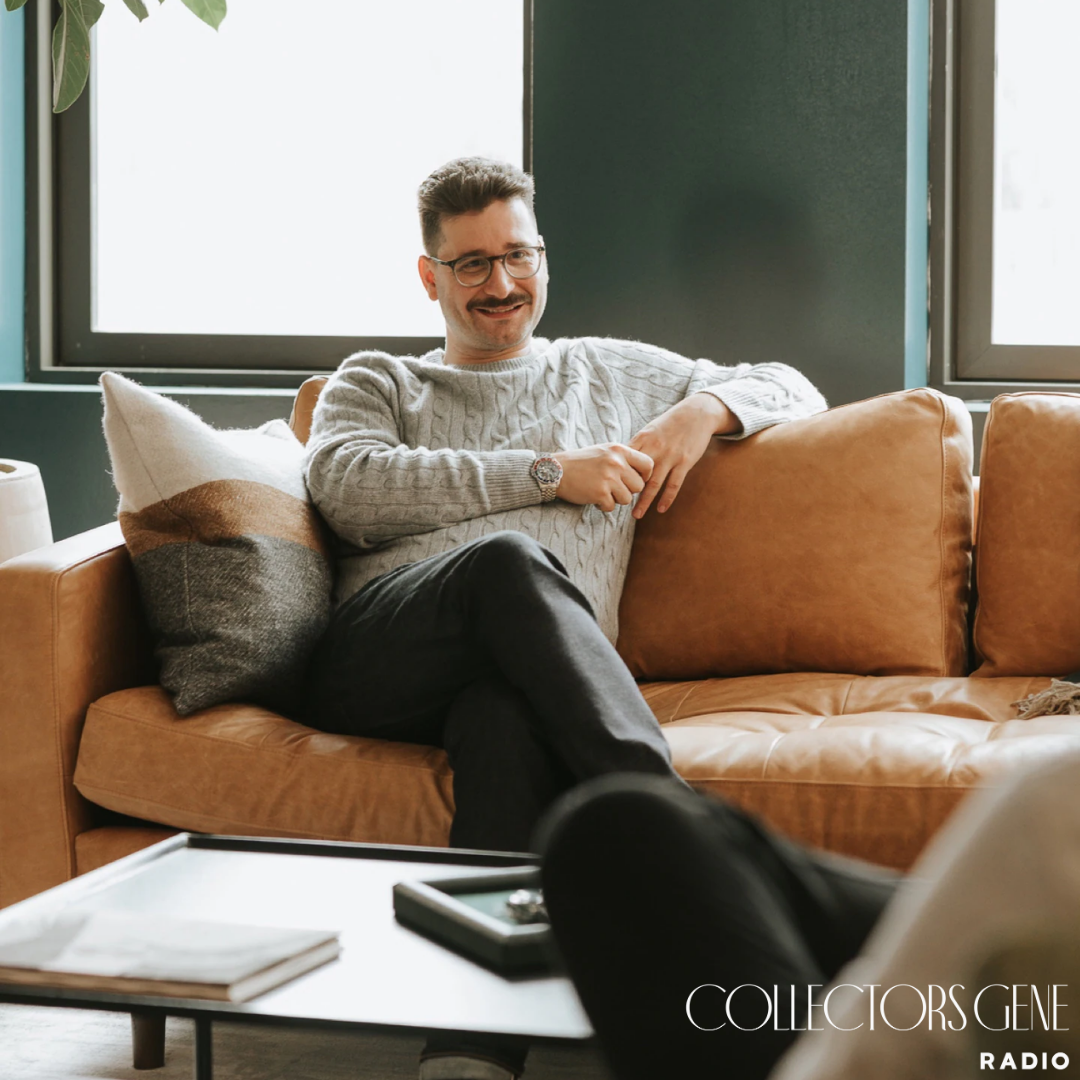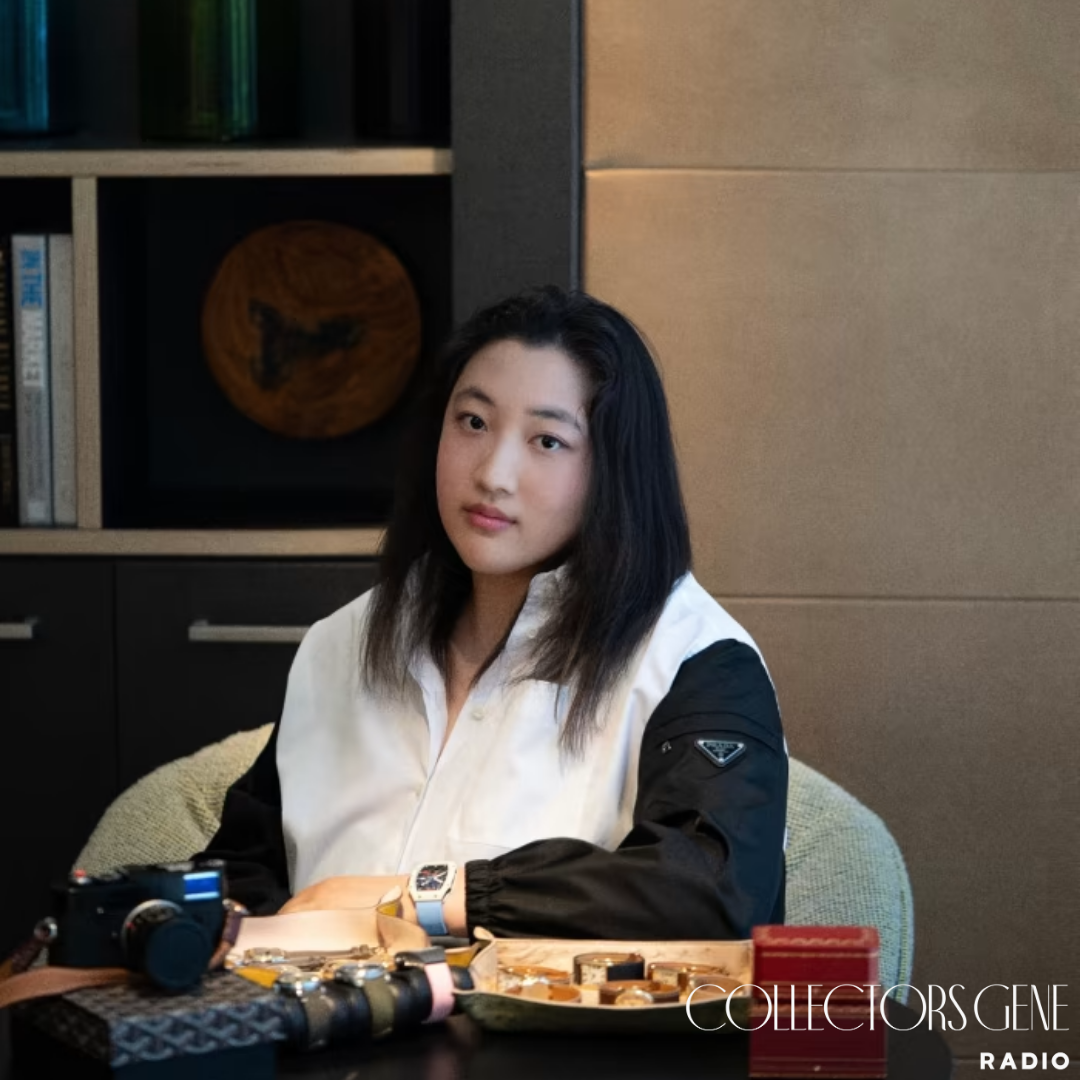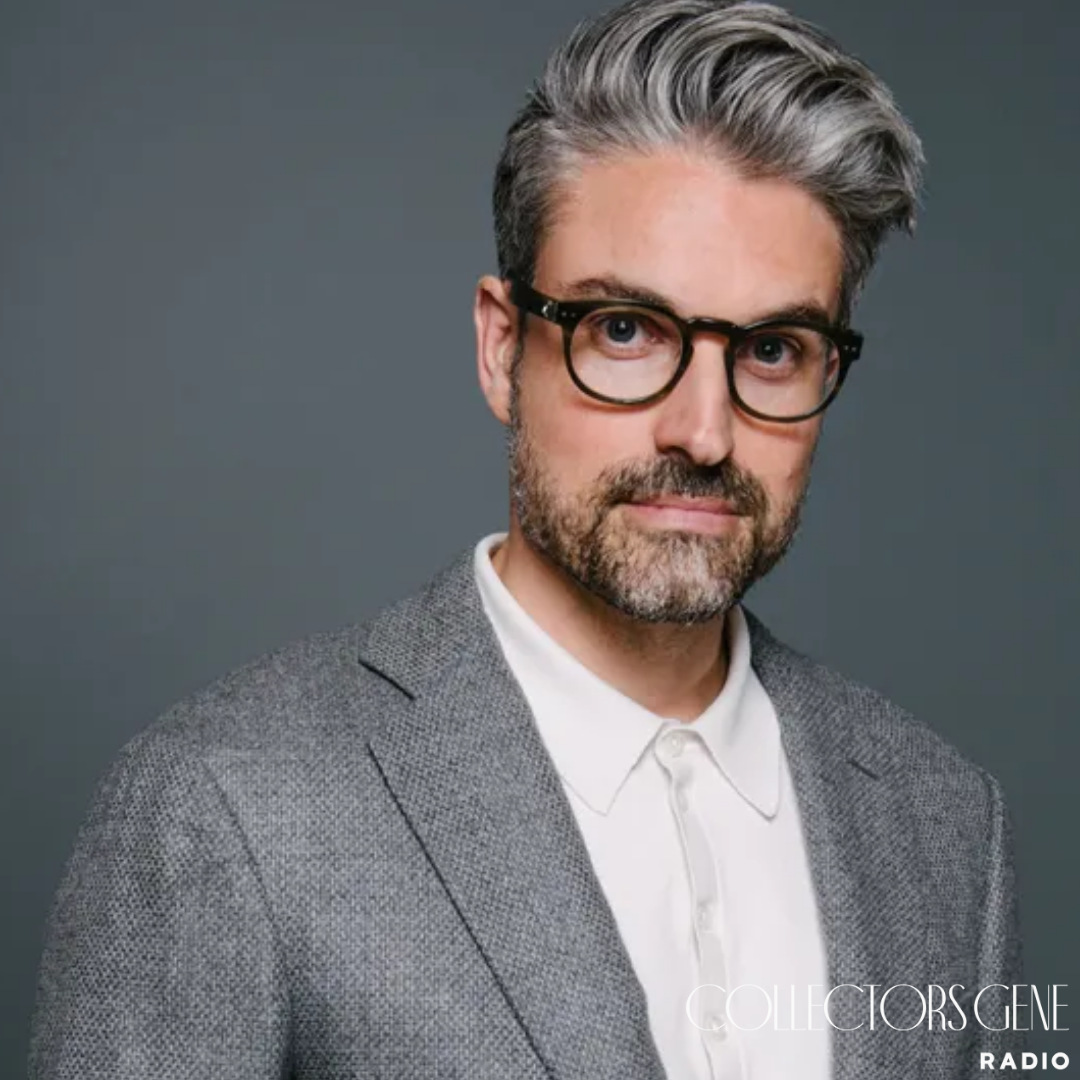When I think about people who manage to keep design history alive while still pushing it forward, John Edelman is one of the first names that comes to mind. His career spans Edelman Leather, a transformative run at Design Within Reach, and now the helm of Heller Inc., a brand that has become a shorthand for timeless modern design.
But what makes John especially interesting isn’t just the résumé. His story begins long before boardrooms and acquisition deals, rooted in a family that treated design as part of daily life, even when they didn’t call it that.
Growing Up Surrounded by Design
John’s grandparents immigrated from Russia with little more than determination. His grandfather built a small leather business almost by accident, after buying reptile skins on credit from a man in the Empire State Building. That chance encounter sparked Fleming-Joffe, a company that quietly pulled the Edelmans into the world of design.
His father, an actor turned reluctant businessman, eventually hired a graphic designer to help with branding. The designer? Andy Warhol. For a time, Warhol created promotional pieces for Fleming-Joffe, before the name was ever a household one.
From there, the Edelmans’ life filled with design: Fornasetti plates inscribed with Warhol drawings, Tiffany lamps, Old Master paintings, and modern furniture that most kids only saw in museums. John didn’t grow up thinking of it as special. It was just home. But looking back, it was the soil where his collector’s instinct grew. His father reinforced it in other ways too like buying a black-on-black Mercedes 280 SE 3.5 convertible in 1971, a car that was pure passion then, and a six-figure icon now.
Learning to Collect
John’s early career wasn’t in furniture at all. He started in shoes, working alongside his brother Sam Edelman. But in New York during the 1980s and 90s, weekends at flea markets became his real education. He and his wife would rent trucks, fill them with Milo Baughman recliners, Eames chairs, and even sets of Bakelite silverware, then haul it all back to Connecticut.
Over time, the habit shifted from sheer accumulation to curation. Baughman became a particular focus. What started as a flea market fixation eventually turned into John reintroducing Baughman’s work to a new generation when he later ran Design Within Reach.
The lesson was clear: collecting wasn’t just about filling a home. It was how he built fluency in design. Knowing whether a Herman Miller chair had four casters or five wasn’t trivia, it was credibility. It was what allowed him to walk into conversations with architects, designers, and clients and speak their language.
Design Within Reach and the Business of Modern
By the time John took the reins at Design Within Reach, Edelman Leather was sold to Knoll and lived through decades of design immersion. The opportunity came almost by accident, a chance conversation at a Harlem Globetrotters game turned into a meeting with new investors. Six days later, he was running the company.
What stood out in our conversation was how John approaches retail. For him, selling design isn’t about quick wins. It’s about telling stories. He believes great design should always be a sound financial decision in the long run, because pieces that are built to last eventually pay for themselves.
It’s a mindset he’s carried into Heller Inc. Today, he’s working to revive the brand’s heritage while keeping it relevant. That means partnering with icons like Mario Bellini and Frank Gehry, but also scouting new voices. He’s reintroducing Hellerware, collaborating with unexpected partners like Supreme, and doubling down on the philosophy that modern design should be functional, beautiful, and free of ego.
The Philosophy of Patina
As someone who has spent time talking with both furniture and watch collectors, I loved John’s take on condition. He believes the truest measure of good design is how it ages in real life.
For him, patina isn’t damage but proof of life. A Mies van der Rohe chair with cracked leather can be more beautiful than one freshly restored. A tropical-dial Rolex isn’t less valuable than a perfect replacement dial, it tells a richer story.
That philosophy was tested when he bought back his father’s beloved Mercedes 280 SE 3.5. After a meticulous restoration, it was so perfect that he hardly drove it. Then, one day, a small fuel drip sparked a fire. The car was gone in minutes. The experience burned a lesson into him: don’t save things for “someday.” Use them. Collecting is about living with the objects, not locking them away.
Heller Inc. and the Future of Modern
At Heller, John is determined to keep modernism alive by leaning into both its history and its adaptability. His goal isn’t just to preserve pieces in catalogs, but to put them back into circulation like in homes, restaurants, and even outdoor spaces.
That’s why projects like the Supreme collaboration matter. They don’t dilute the brand but expand it. They introduce design to audiences who might never walk into a showroom, but who understand good design when they live with it.
In John’s eyes, the legacy of modernism depends on relevance. For it to remain vital, these pieces have to stay in people’s lives, not just in archives.
The Collectors Gene Rundown
The One That Got Away: A Marc Newson aircraft-inspired chaise spotted in London decades ago. At the time, it was out of reach. Today, it’s a million-dollar museum piece.
The On Deck Circle: Watches, particularly offbeat 1970s models. He’s fascinated by the overlooked Seikos, Breitlings, and Bulovas that surface in flea market drawers, and the satisfaction of reuniting them with the right strap or box.
The Unobtainable: Paul Newman’s engraved Daytona, not for the watch itself but the story tied to it. In furniture, that original Newson chaise still holds mythical status.
The Page One Re-Write: Wooden boats. Chris-Crafts, Rivas, Italian hand-built vessels. Design on water that requires endless maintenance but delivers timeless reward.
The GOAT: Two influences stand out. Dr. Alvin Friedman-Keene, who taught him to always buy what you love. And Stuart Parr, whose collection of Italian motorcycles and cars elevates even the humblest Vespa to art.
The Hunt or The Ownership: The hunt, always. From flea markets to estate sales, the thrill of discovery remains unmatched.
Do You Feel That You Were Born With The Collector’s Gene?: Without a doubt. John laughs that there’s no cure for it, once you have it, you’re in for life.
Closing Thoughts
What fascinates me about John Edelman is how naturally he bridges worlds: flea markets and boardrooms, design icons and everyday objects, passion and pragmatism. His career shows that collecting isn’t just about amassing possessions. It’s about knowledge, storytelling, and preserving heritage in ways that keep it alive for the next generation.
When I asked him what advice he’d give new collectors, his answer was deceptively simple: buy what you love, and learn everything you can about it. The thrill will always be in the hunt, but the knowledge you gain is the real legacy.





